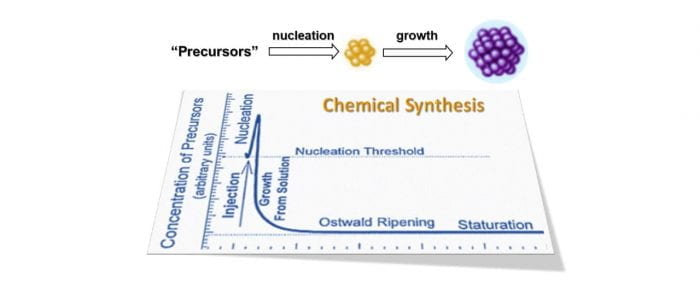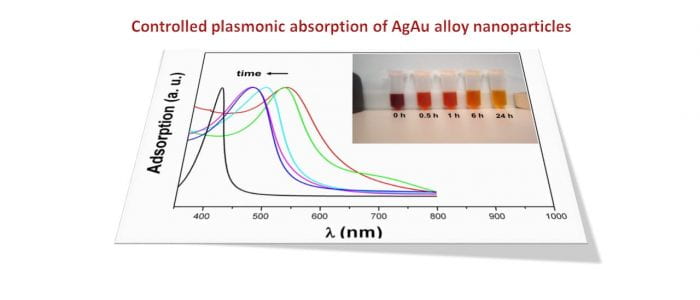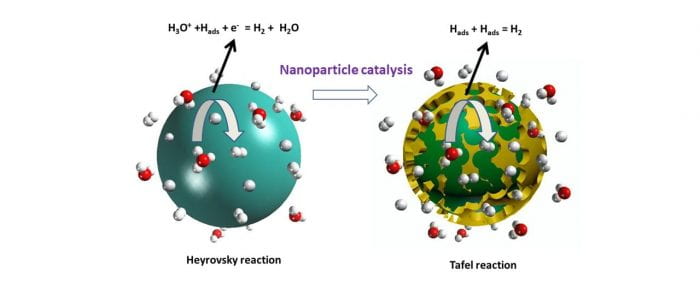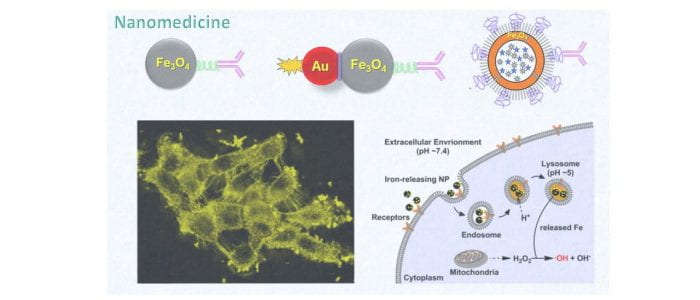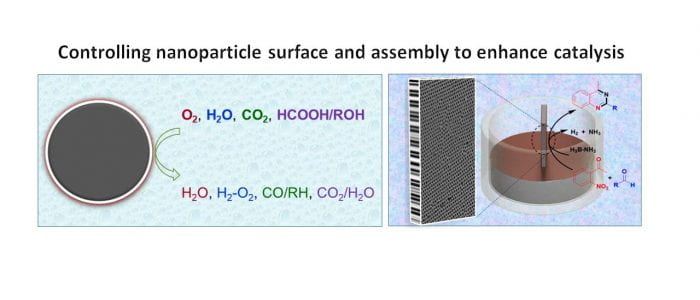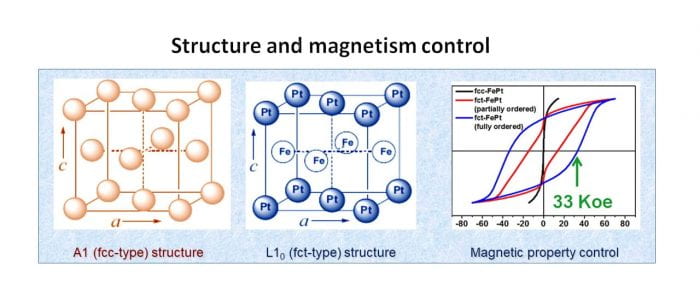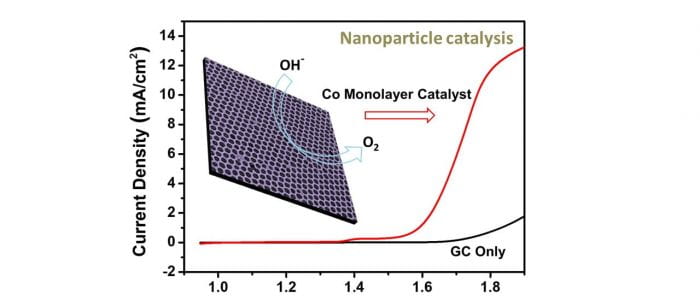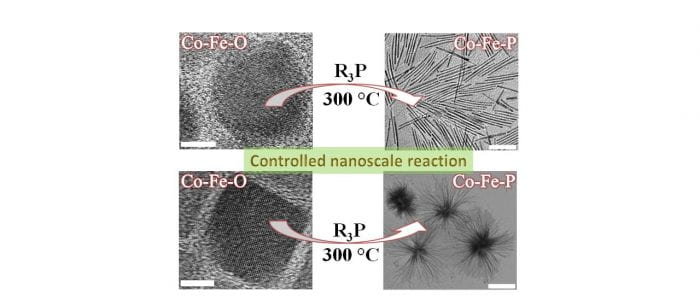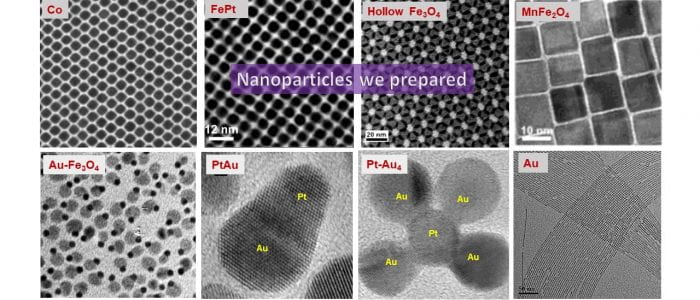Our research focuses on transition metal-based nanoparticle chemistry. It covers chemical synthesis of transition metal, alloy, metal oxide, and composite nanoparticles, as well as their functional assemblies. Our goals are to explore these well-controlled nanoparticle structures for applications in magnetics, catalysis, nanomedicine, and renewable energy.
Nanoparticle catalysis for electrochemical reduction of O2 and electrochemical oxidation of alcohols for fuel cell and energy conversion applications.
Nanoparticle-catalyzed CO2 reduction and other tandem reactions, leading to green chemistry synthesis of chemicals, fuels and functional materials for broad sustainable energy and other materials applications.
Nanoparticles, especially magnetic nanoparticles with controlled magnetism and surface function, can serve as sensitive probes for magnetic resonance imaging (MRI), magnetic fluid hyperthermia (MFH), magnetic separation, biological sensing, and drug delivery applications.
Magnetic nanoparticle arrays with controlled interparticle spacing and magnetic alignment are important for magnetic information storage, magnetic energy storage, and magnetic sensing applications.

